
On the lush green hillsides stretching from Phu Luong to Dong Hy, from Dinh Hoa to Bang Phuc - Dong Phuc (old Bac Kan province), tea trees are whispering the story of revival after the province's merger. Each young tea bud gently sways in the early morning sun, welcoming the dew on the fields, as if carrying the breath of the earth and the diligent hands of the people in the midland and mountainous region.
After Bac Kan and Thai Nguyen merged, the new province has the advantage of a large raw material area, a mild climate, and high humidity. These are ideal conditions for tea plants to grow. According to the Department of Agriculture and Environment of Thai Nguyen, the whole province currently has more than 24,000 hectares of tea, with an output of about 270,000 tons of fresh buds/year, accounting for nearly 15% of the country's tea area. Of which, 12,000 hectares meet VietGAP standards, 3,000 hectares produce organic tea - a number that shows the strong transformation of the traditional tea industry.
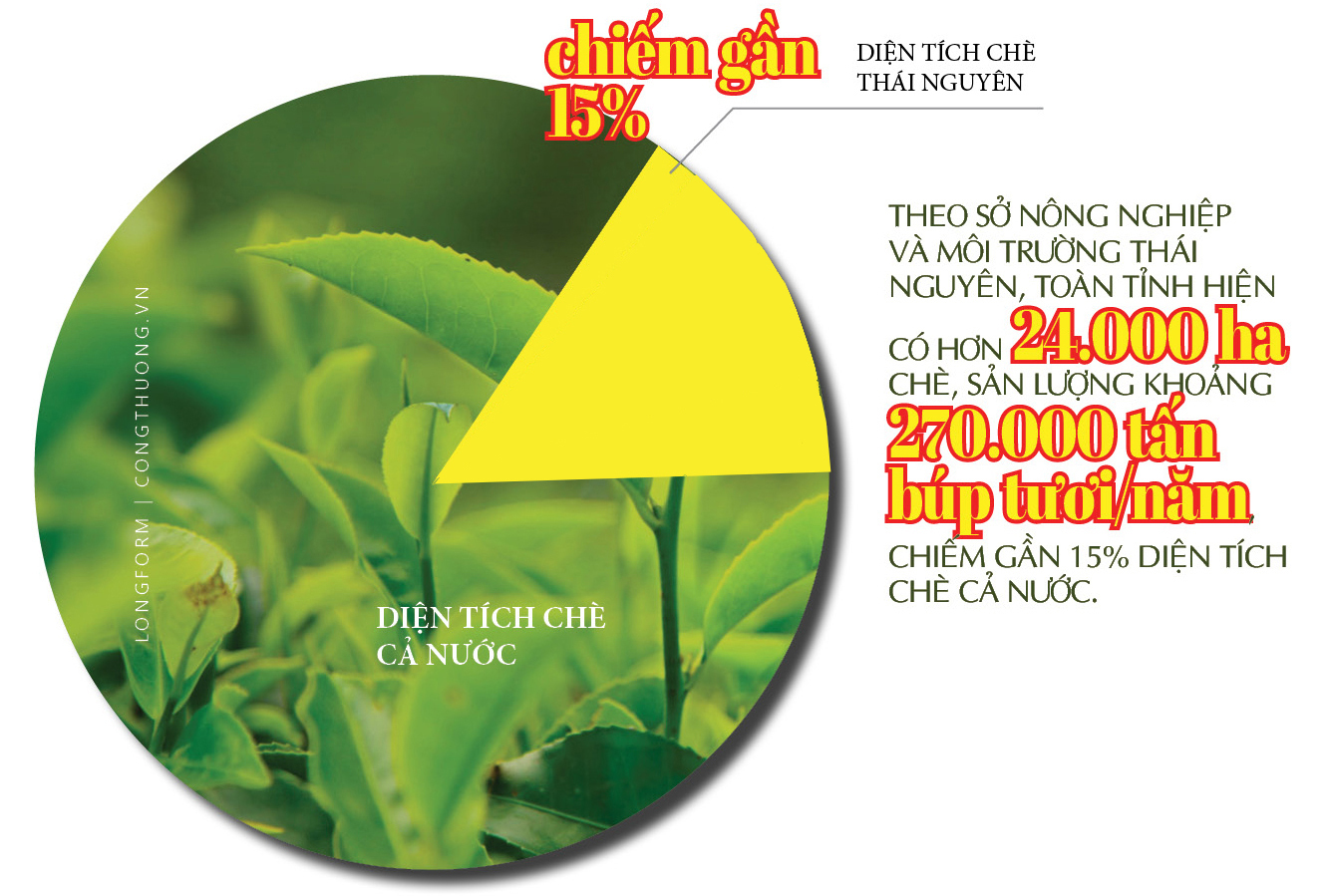
Famous tea regions such as Tan Cuong, La Bang, Phu Dinh, Trai Cai ( Thai Nguyen ), or Bang Phuc, Dong Phuc (formerly Bac Kan) are becoming “green coordinates” on the map of Vietnamese tea. The merger creates conditions for the planning of integrated raw material areas, connecting the processing - consumption chain, and expanding export markets.
In Thai Nguyen, there are tea growing areas that bring in revenue of 700 million to 1 billion VND/year thanks to the unique soil and climate, traditional tea production, many generations of experience and the application of science and technology. In 2024, tea will bring in a value of about 14.8 billion VND, which is a huge source of income for hundreds of thousands of households, cooperatives, processing, business and commercial establishments that no other crop in the province can reach.
Thai Nguyen tea has the characteristics of green water color, sweet aftertaste, and mild aroma that are easily distinguishable from other types of tea. This is a competitive advantage, contributing to stabilizing the livelihoods of tens of thousands of households, reducing poverty, enriching people in rural areas, developing the agricultural economy, and building new rural areas.
Not only Shan Tuyet, the northern mountainous region of Thai Nguyen is also famous for yellow flower tea. This is a rare medicinal plant, whose leaves were picked and dried by people to drink, to treat high blood pressure and diabetes. Thanks to its special value, yellow flower tea is positioned as a "local high-class tea" line, with the price of dried flowers at times exceeding 10 million VND/kg.
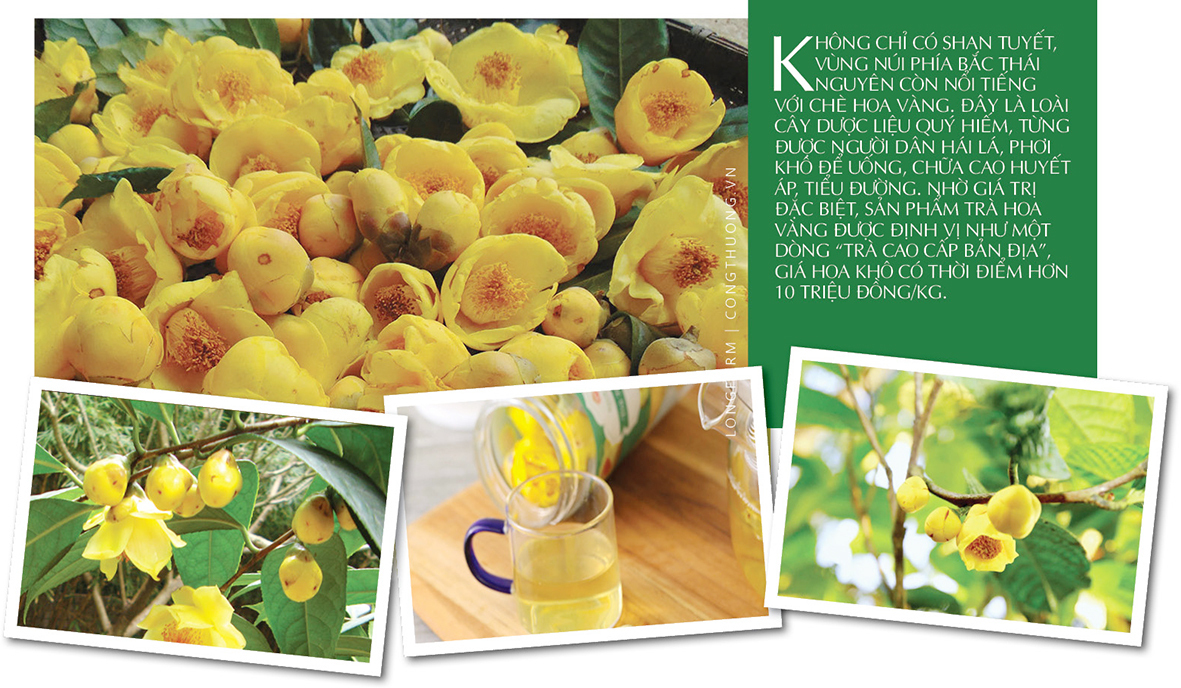
Ms. Ha Minh Doi, Director of Ha Diep Company Limited, Duc Xuan Ward, one of the pioneers in developing the yellow tea flower area in the Northern region, said: When I hold the yellow tea flower in my hand after drying the flower, keeping its original color and fragrance, I know I am holding a priceless product.
Although we initially encountered many difficulties in varieties and techniques, we were determined to invest to turn yellow flower tea into a strong brand, not only in Thai Nguyen but also in the international market. Up to now, Ha Diep Company has built a raw material area of more than 3,000 yellow flower tea trees, the product meets 4-star OCOP standards, is present in many provinces and cities and is selected as a gift at diplomatic events.
In addition, many other cooperatives such as Hoa Thinh, BK FOODS, Duong Phong... also participated, gradually forming a value chain for producing and processing yellow flower tea. The administrative merger has opened up a wider development space for mountain tea plants.

For a long time, tea trees have not only been a livelihood, but also the soul of the Tay, Nung, and Dao people in the midlands. On the stilt houses with afternoon smoke, the smell of roasted tea mixed with the aroma of the kitchen fire, creating a unique identity for this land.
Ms. Hoang Thi Huong - a tea grower in Dong Phuc commune shared: "Previously, each sao of tea only brought in a few million VND in income. Now, thanks to the guidance of agricultural officials, my family has applied clean farming techniques and sold through cooperatives, and our income has tripled."
After the merger, the provincial government identified tea as a key crop in the green agriculture strategy. The province invested in irrigation infrastructure, internal roads, and encouraged people to join cooperatives for concentrated production and the application of high technology.
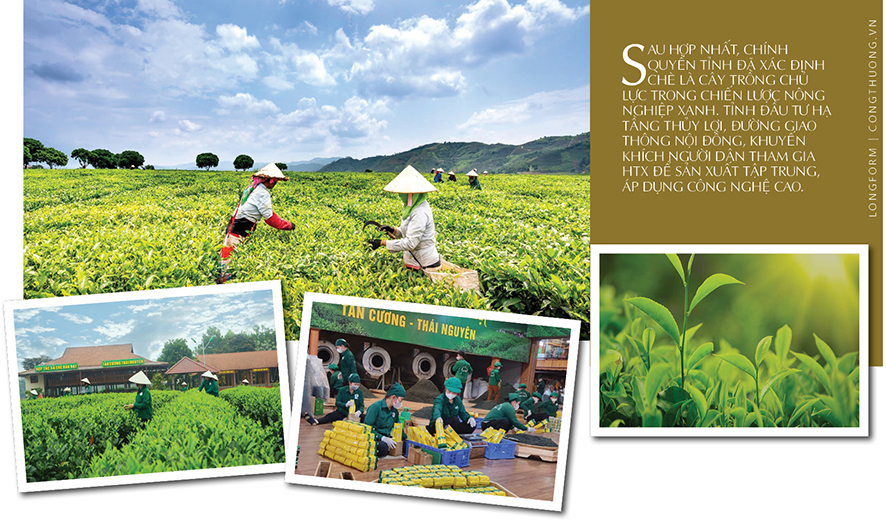
Currently, the whole province has more than 500 cooperatives and tea cooperative groups, many of which have built strong brands such as Hao Dat Tea Cooperative, Tan Cuong Xanh Cooperative, Huong Viet Tea Cooperative, La Bang Cooperative, Thinh An Cooperative... These units not only produce but also deeply process, modernly package, and meet export standards.
Every year, Thai Nguyen exports more than 13,000 tons of tea, reaching a turnover of about 30-35 million USD, with the main markets being Pakistan, Taiwan, the Middle East, Japan, and the EU. In particular, many products are available in major domestic supermarket chains such as WinMart, Coopmart, Aeon, and on e-commerce platforms such as Shopee, Sendo, and Lazada.

Anyone who has ever set foot in Tan Cuong - the "tea capital" of Vietnam, will surely not forget the sweet, rich and elegant taste of a cup of tea here. Tan Cuong tea has been granted a National Geographical Indication by the Intellectual Property Office, is one of the typical national OCOP products, considered the "gold standard" of Vietnamese tea.
Along with Tan Cuong, tea brands such as La Bang, Khe Coc, Trai Cai, Phu Luong, Dai Tu… are also asserting their own position in the market. Each tea region has its own unique characteristics due to the soil, altitude and water source, creating a rich diversity for the “Thai Nguyen Tea” brand.
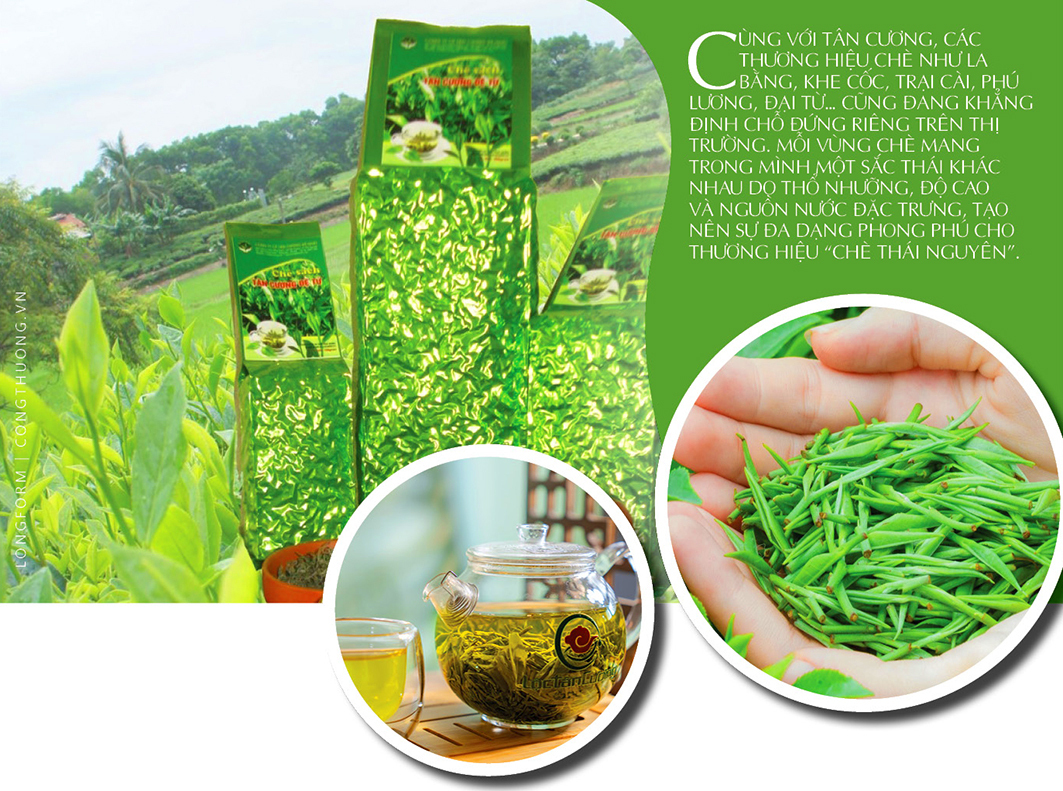
The provincial government has implemented the Thai Nguyen Tea Brand Development Project for the 2025-2035 period, focusing on four pillars: Preserving and developing specialty raw material areas; Investing in deep processing technology, increasing product value; Building a cultural - ecological tourism chain associated with tea villages; Digital transformation and promoting international trade.
Thai Nguyen Tea Culture Festival – a regular event – is not only a festival for tea growers but also an opportunity to promote the quintessence of Vietnamese tea culture. Here, visitors can experience tea picking, roasting, tasting tea, and listening to artisans tell stories about their profession – a journey that touches the memories and pride of the homeland.
In addition, the community tourism model of tea villages is developing strongly. In La Bang, Tan Cuong, many households open homestays, serving tourists to experience tea culture, visit tea hills, listen to Tinh lute, and sing Then. Tea trees therefore not only bring in economic benefits, but also preserve the cultural soul, connecting people with the land, customs and local identity.
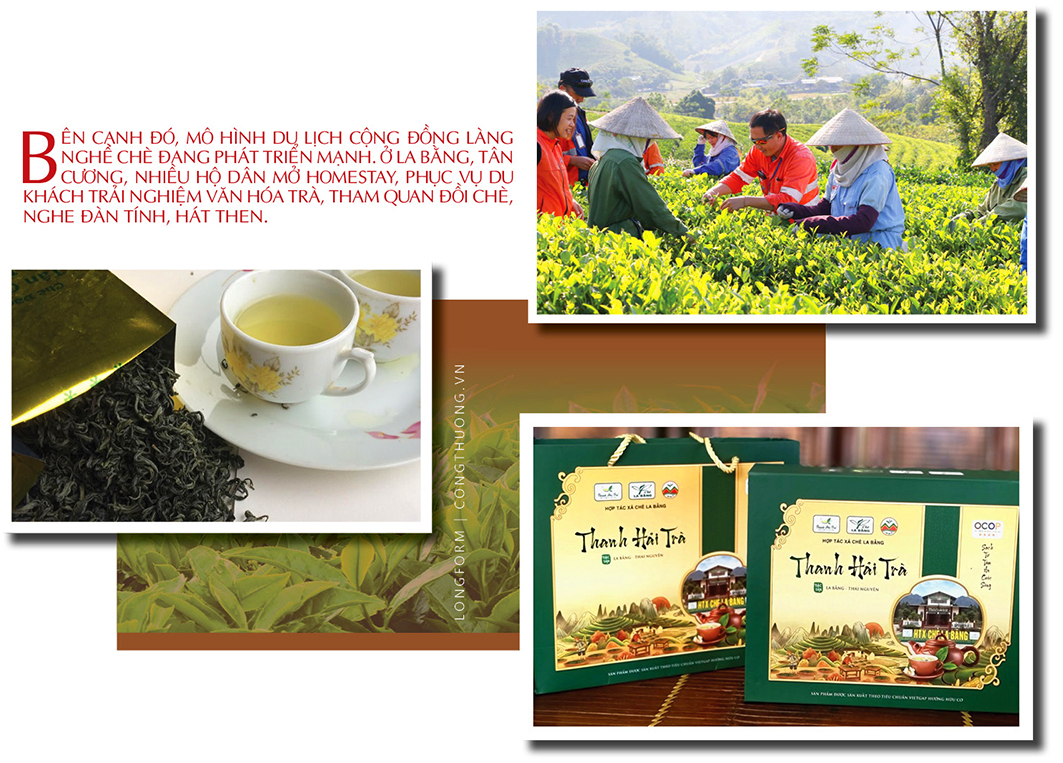
In the agricultural development strategy to 2035, Thai Nguyen province aims to increase the proportion of the tea industry to 25% of the total value of the crop industry, expand the organic tea area to 5,000 hectares, and achieve an export turnover of 50 million USD/year.
In addition, the province plans to build a “Vietnam Tea Trade Promotion and Introduction Center” in Thai Nguyen City, aiming to become a Southeast Asian tea trading center. Along with that, the “Vietnam Tea Museum” and “Tea Cultural Space” projects are being implemented, contributing to making Thai tea a national cultural and tourism symbol.
In Dong Phuc commune - a former part of Bac Kan, people still maintain the custom of "picking tea by hand and roasting it in a cast iron pan" to preserve its full flavor. Meanwhile, in Tan Cuong and Phu Luong areas, semi-automatic tea roasting lines, layer dryers and vacuum systems have been put into operation, helping to reduce loss and improve product quality.
From the old tea plantations to the modern processing factories today is a long journey of faith and innovation. The green color of tea has transcended time, connecting the past - present - future.
La Bang tea artisan, Ms. Nguyen Thi Hao, emotionally shared: "We not only make products, but also keep a part of the soul of Thai Nguyen land in each cup of tea."
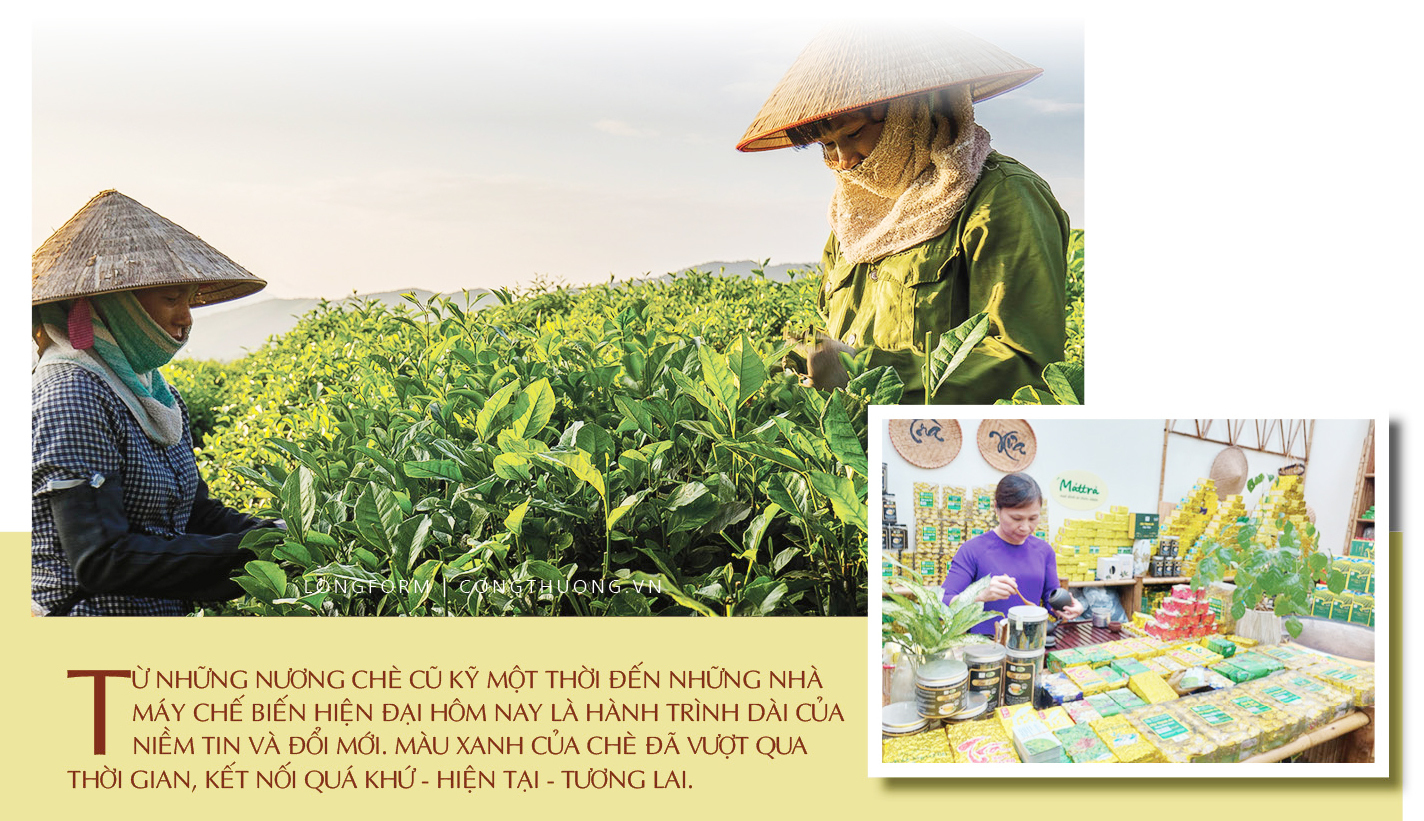
Currently, Thai Nguyen province also supports the cost of granting growing area codes, electronic stamps, registering for intellectual property protection, developing OCOP products to enhance the brand "First Famous Tea"; supporting the activities of tea industry entities to promote and participate in domestic and foreign fairs and exhibitions; encouraging the development of community tourism and eco-tourism associated with tea regions.
The province's support policy has a comprehensive impact on the Thai Nguyen tea industry. Farmers, cooperatives, tea production, processing and trading enterprises in the province consider this a "push" for the development of the tea industry. When implemented resolutely, synchronously, systematically and enthusiastically, it will not only provide society with many quality tea and tea-processed products, but also expect that by 2030, tea products will bring in a value of 25 trillion VND, the largest source of income for the majority of the population in the province.
Thai tea - a symbol of diligence and creativity - has now reached more than 40 countries and territories, contributing to affirming the position of Vietnamese agricultural products in the international market.
From the leafy hills of Tan Cuong to the fragrant Dong Phuc tea hills, tea trees are still the strong thread connecting people to the land, a testament to the strong vitality of the midland and mountainous region after the merger, where "each tea bud is a green drop of happiness and faith".
Source: https://congthuong.vn/longform-tu-mau-xanh-vung-cao-den-thuong-hieu-che-thai-424876.html



![[Photo] General Secretary attends the parade to celebrate the 80th anniversary of the founding of the Korean Workers' Party](https://vphoto.vietnam.vn/thumb/1200x675/vietnam/resource/IMAGE/2025/10/11/1760150039564_vna-potal-tong-bi-thu-du-le-duyet-binh-ky-niem-80-nam-thanh-lap-dang-lao-dong-trieu-tien-8331994-jpg.webp)
![[Photo] Opening of the World Cultural Festival in Hanoi](https://vphoto.vietnam.vn/thumb/1200x675/vietnam/resource/IMAGE/2025/10/10/1760113426728_ndo_br_lehoi-khaimac-jpg.webp)
![[Photo] Ho Chi Minh City is brilliant with flags and flowers on the eve of the 1st Party Congress, term 2025-2030](https://vphoto.vietnam.vn/thumb/1200x675/vietnam/resource/IMAGE/2025/10/10/1760102923219_ndo_br_thiet-ke-chua-co-ten-43-png.webp)









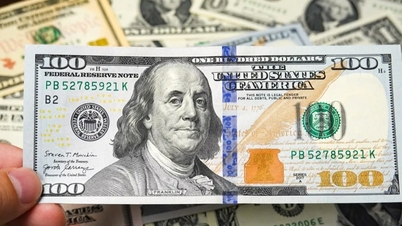







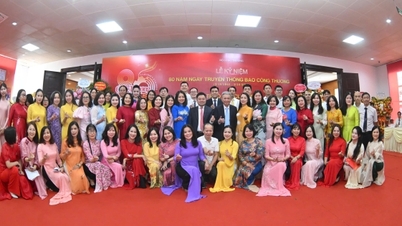
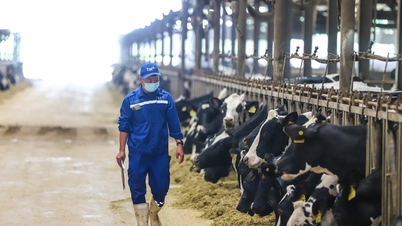

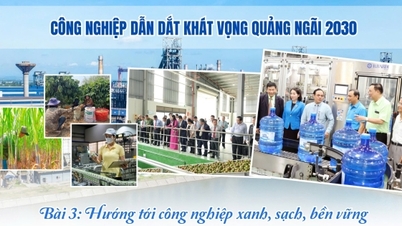

































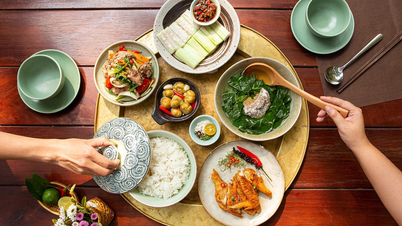



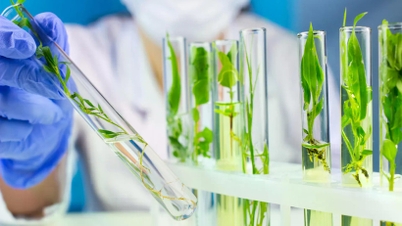





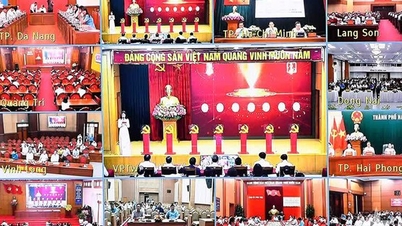

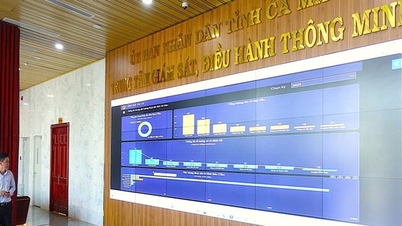
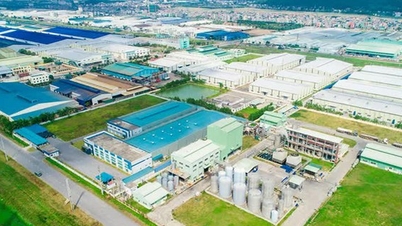





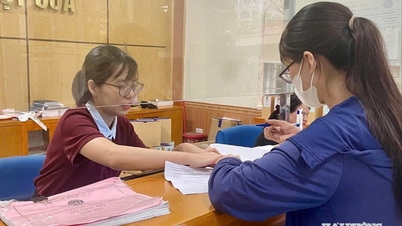


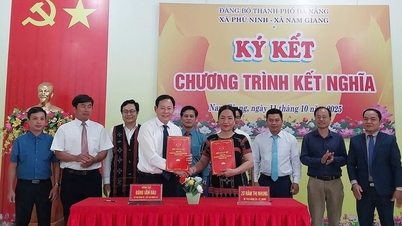

















Comment (0)